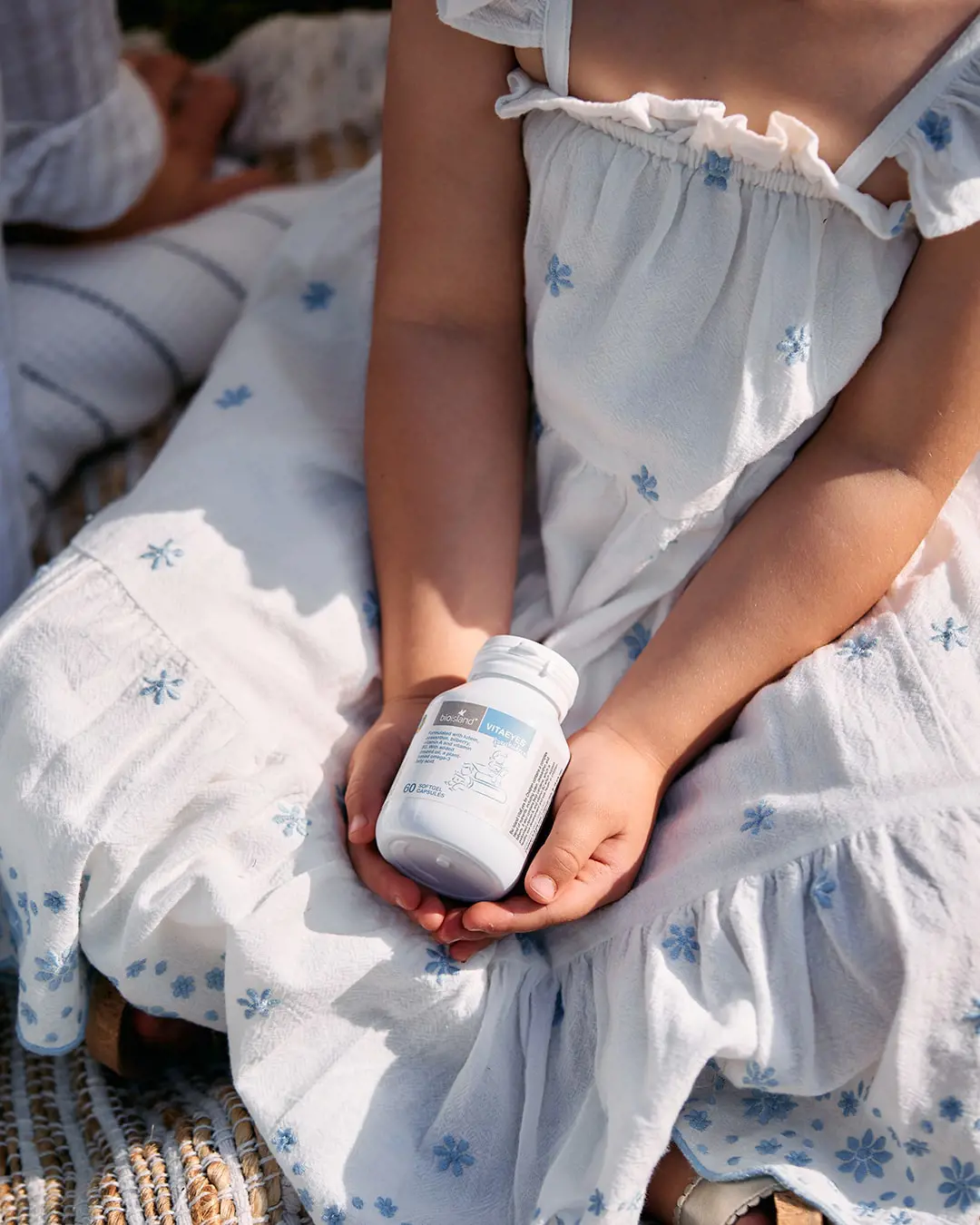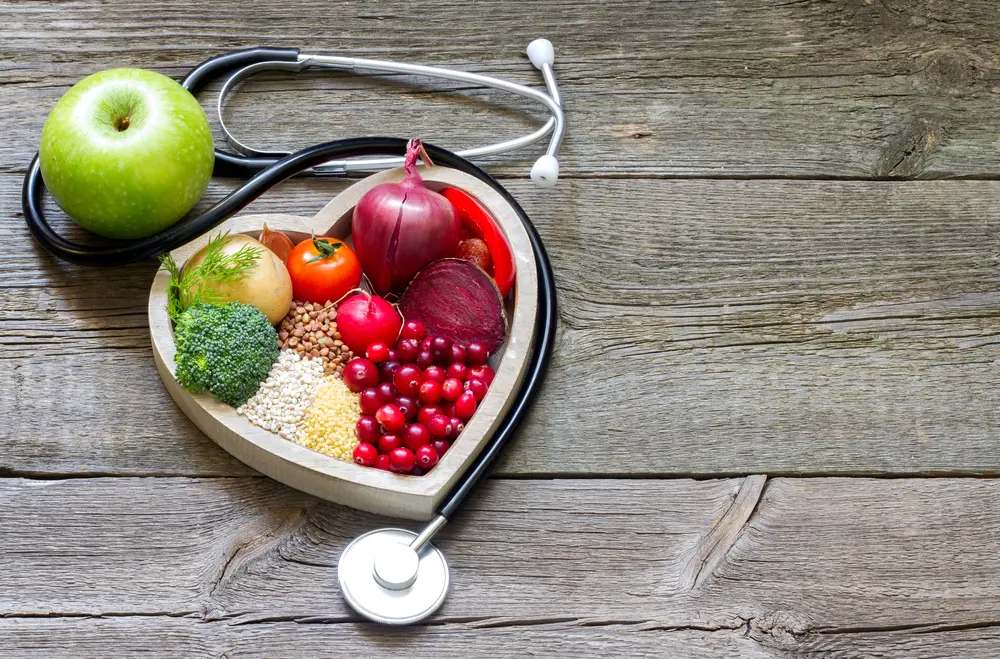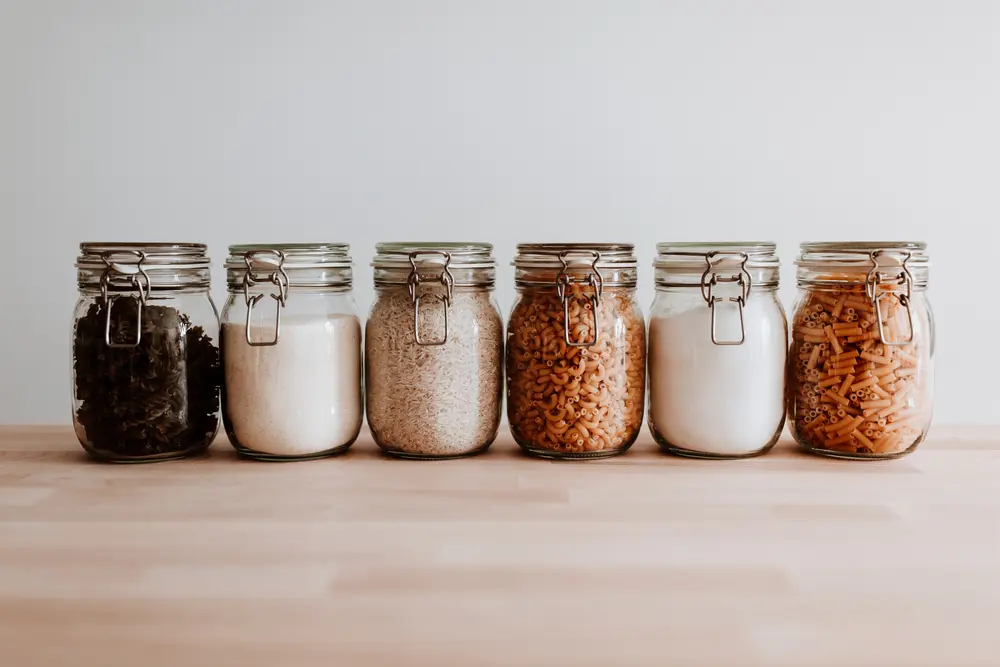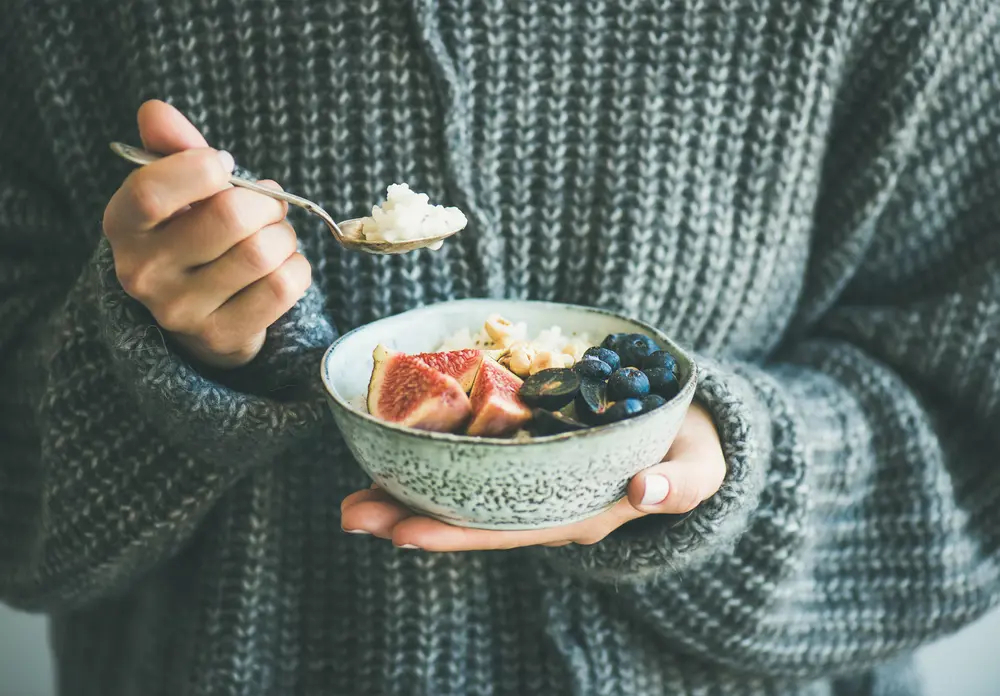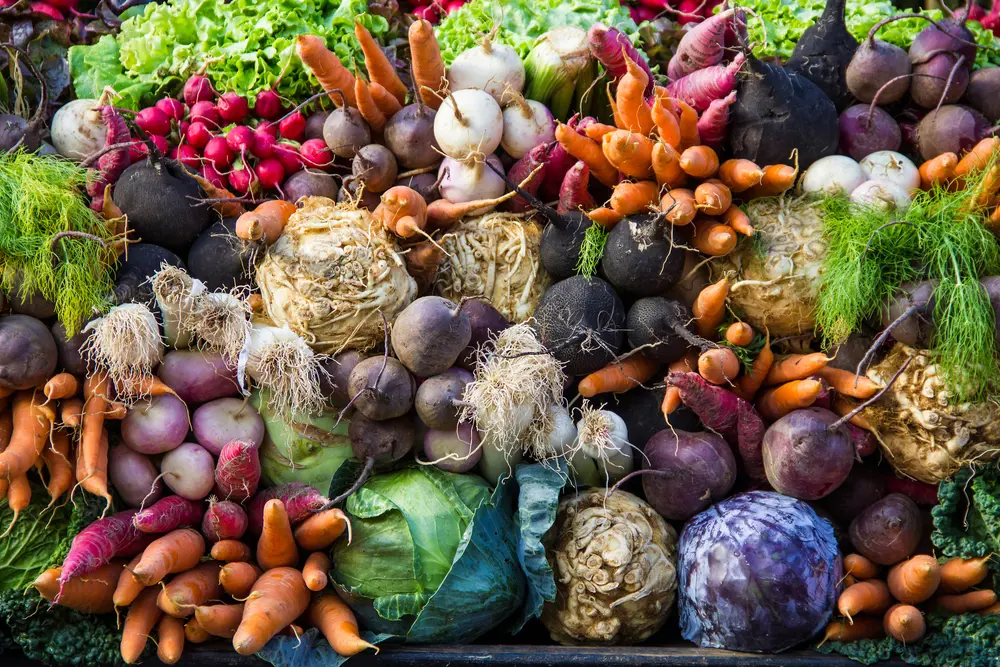
Maximising fruit and vegetable shelf life
Knowing how to store and what produce is in season is a start to saving money on your shop and making it last a little longer.
Nutrition
By Bio Island Nutrition Team
Fruit and vegetables are the key to a healthy diet, but can expenses can quickly add up to constantly go to the supermarket to replace fruit and vegetables that you only bought two days ago. Knowing how to store and what produce is in season is a start to saving money on your shop as well as making it last that little bit longer.
Seasonal buying: This is probably the easiest thing to look out for. Seasonal buying means that you are buying produce that is in season at that particular time. This is when it will be at its freshest and will usually be discounted since there is an abundance of it. Finding out what produce is in season can easily be found by looking at produce guides online, as well as many supermarkets bring out a monthly magazine with produce of the month and will even provide recipes to cook with the seasonal produce.
Fruits and vegetables with longer life spans: Nothing lasts forever, but there are fruits and vegetables that have a really long shelf life. This means you can buy in bulk to save money and don’t have a high rotation of produce meaning little waste. These include:
- Onions
- Apples
- Potatoes
- Pumpkin
- Garlic
- Carrots
- Beetroot
- Cabbage
- Lemons
- Celery
Food storage: The easiest way to manage this step, is to start by knowing what temperature to store your produce at and what you can freeze. Temperature is important for when storing produce as this is what maintains the shelf life. For example;
- Pantry – keep bananas, tomatoes, potatoes, lemons, limes and garlic
- Fridge – most fruits and vegetables can be stored within the fridges but should be kept unpeeled and unwashed until use. For example, berries need to be kept in the fridge, ideally kept in snap lock bags but do not wash until you are about to eat to reduce the growth of mould. All produce should also be kept in the allocated produce draw, this was specifically designed so that when the door open and closes it does not have a large affect the produce temperate.
- Freezer – freezing is the most convenient way to preserve fruits that are ripe, but you won’t consume fast enough. This means you can peel bananas and store in the freezer and use them later for a smoothie or baking. This can also be done with other fruits such as berries and mangoes. You can also store roots like ginger or turmeric in the freezer, as it will not alter their taste and still easy to grate.
Quick Tips: Some other quick tips to consider when unpacking your groceries to make your fresh produce last longer.
- Store fresh herbs upright in a jar or vase of water.
- Store mushrooms in a paper bag so moisture doesn’t get trapped in.
- Cover cut apples and avocados with lemon juice to stop from browning.
- Don’t over stock your fridge, poor circulation will alter the temperature of the fridge.
- Use glassware for fridge storage. Some plastics contain harmful chemicals that increase spoilage.
